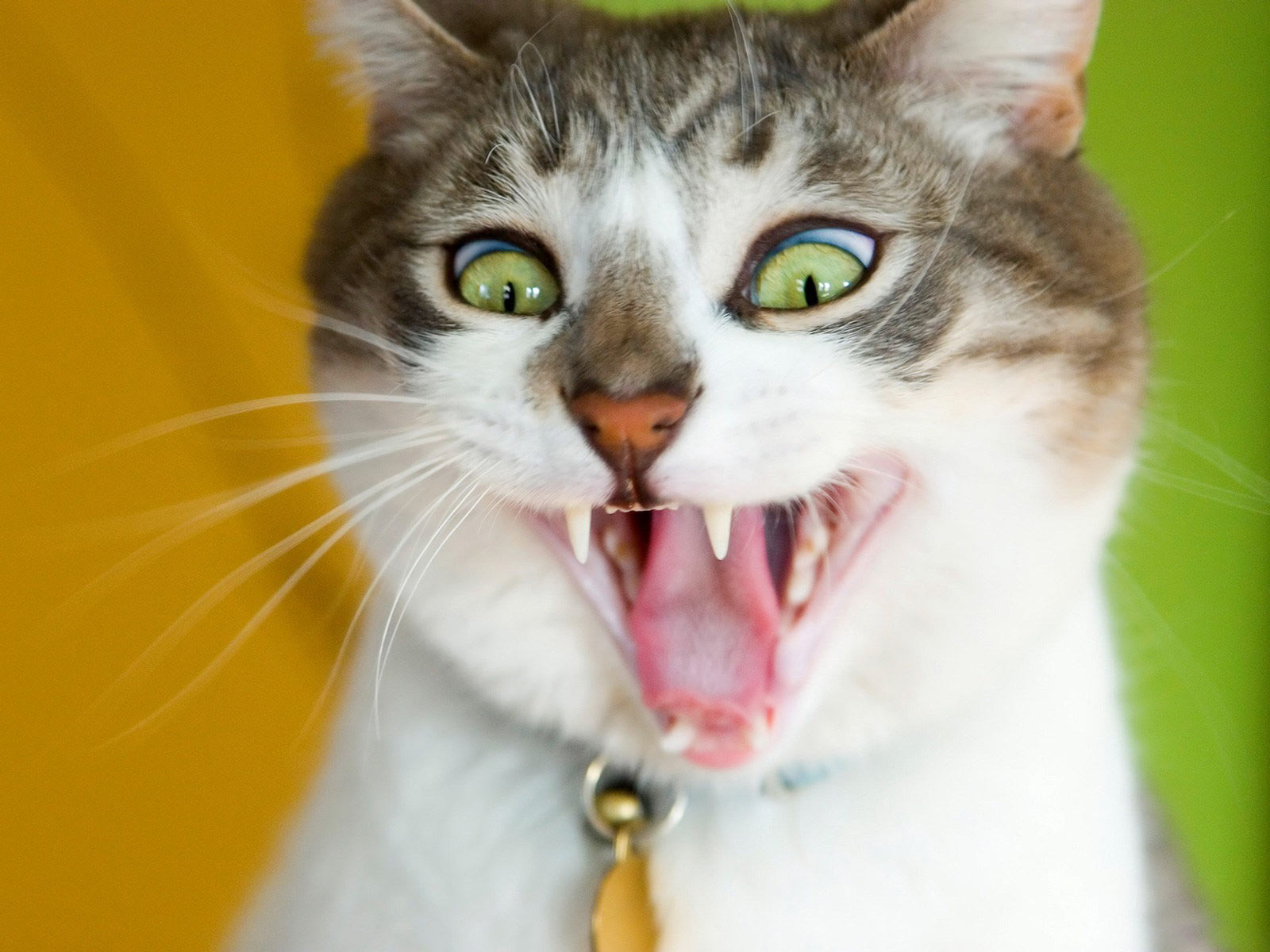
It seems unusual that there was ever a time when cats were not a part of our lives. It's been less that 10,000 years since felines swaggered into our lives. Hardly an eye blink in the grand sweep of life on this world. Why were cats so late to join our team? The basic answer is they didn't require us to make it through. Cats were enduring just great by themselves. Then, people created agriculture. Farming resulted in big scale storage of grains which attracted the normal and well know group of freeloaders, mice and rats. Grain brought in rodents. Rodents attracted felines who consider them tasty meals. The outcome was that cats established housekeeping close to human settlements. Ultimately, felines being cats, moved right on in.
Who were these very first cats? The very first idea lies in where farming was very first practiced. Agriculture first settled (no pun intended) in the Middle East in a excellent sweep from modern Turkey to Egypt. Within this location varies the African wild cat, Felis libyca. African wild felines are slightly larger that our modern-day house felines and are yellow in color with muted stripes. These cats have a docile, nearly laid back nature. Interestingly, these cats still tend to live and hunt near human residences today. Locals still like to catch and rear young wild felines as pets. When fully grown, wild cats raised by people tend to act very much like our familiar housecats. A great case can (and has actually) been advanced designating Felis libyca as the principal founding population for domestic felines. A minimum of two other varieties of wild feline are hypothesized to have contributed to the hereditary comprise of domestic felines. One is Felis silvestris, The European wildcat who appears to have contributed darker markings and a peppery spirit to the African wild cat base. Likewise, from Asia, comes the Pallas or Steppe feline (Felis manul) that appears to have actually contributed long-haired coats to the mix.
The early period of domestication of cats is vague with just spots of proof. However, by 6,000 B.C. statues found in Anatolia ( contemporary Turkey) reveal females having fun with domestic cats. Cats had actually clearly become common and affectionate animals by that time. The earliest composed records about felines appear by around 4,000 B.C. in Egypt where they were frequently kept to hunt mice and rats from stored grains. It was a great time to be a cat in ancient Egypt. Domestic felines were believed to be the personification of the goddess Bast (or Bastet). There was a necropolis at her primary temple at Bubastis that consisted of mummified cats.
Romans spread the domestic cat northward into central Europe and westward to Britain during the expansion of their empire. Cats were rapidly embraced and appreciated as terrific hunters. And they continued to click here move north and east in Europe. The Vikings utilized felines as both rodent hunters and family pets. The Viking goddess of love and war, Freyja, was related to felines. Huge winged cats drew her chariot. It also ended up being the custom to give brand-new bride-to-bes a kittycat in her name.
The Middle Ages it were a really hard time to be a feline. Felines were stated to be witches familiars, in league with the devil. Since of this superstitious notion, felines were regularly killed during festivals. Sometimes they were even burned alive or shaken off high structures. The Europeans paid greatly for their ruthlessness to cats. The deaths of many cats allowed the rodent population to rise out of control, generating the Black Death which eliminated a lot of the European population. Eventually, the cats' cleanly methods and searching prowess redeemed them in the eyes of the people of Europe. By the 1600s, people in France started putting little holes near the bottom of their doors to permit their felines to go into and leave as they please.
In Asia cats continued to recognize hunters and valued animals. Cats were often topics for drawing and painting in
China. In Japan, felines in the type of Maneki Neko, typically portrayed as a sitting feline with one paw raised and bent, are thought about good luck. They are often discovered in companies to draw in cash.
The history of felines is a fascinating one, worthy of far more in depth research study. It fosters an gratitude for the characters and talents of our pets.